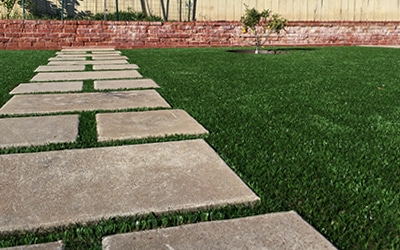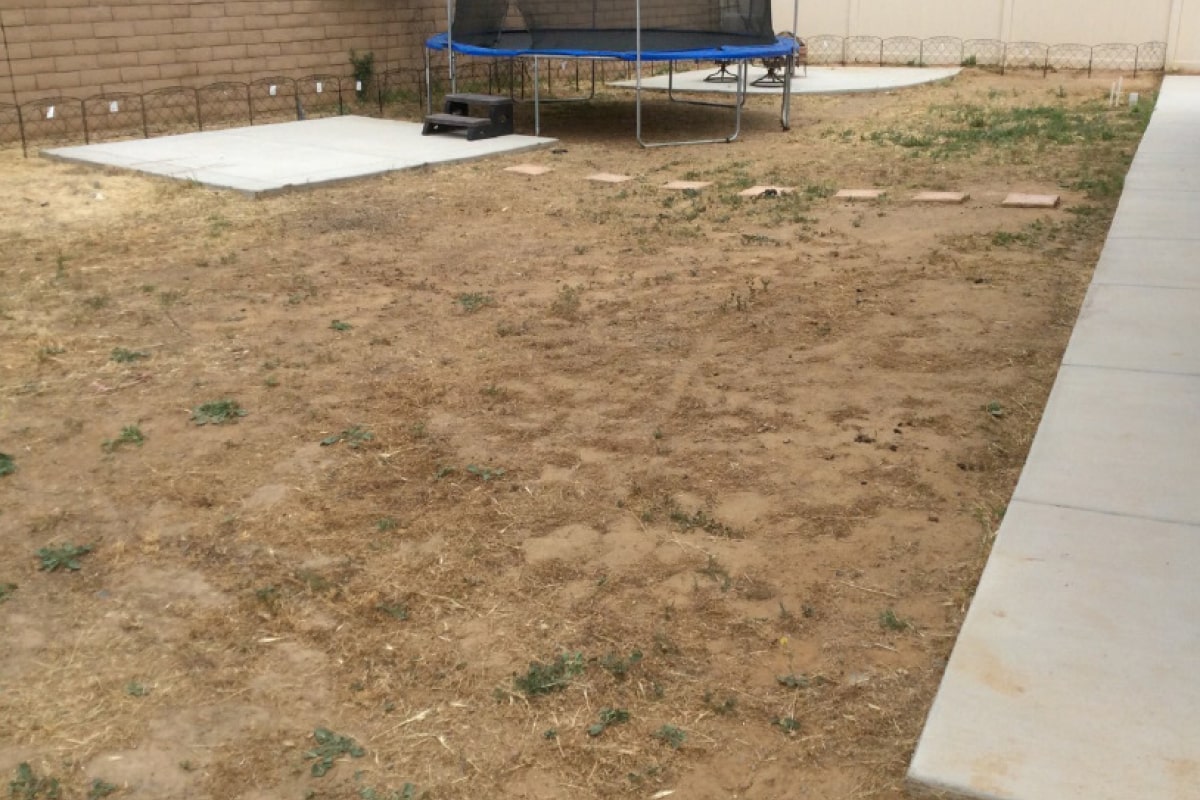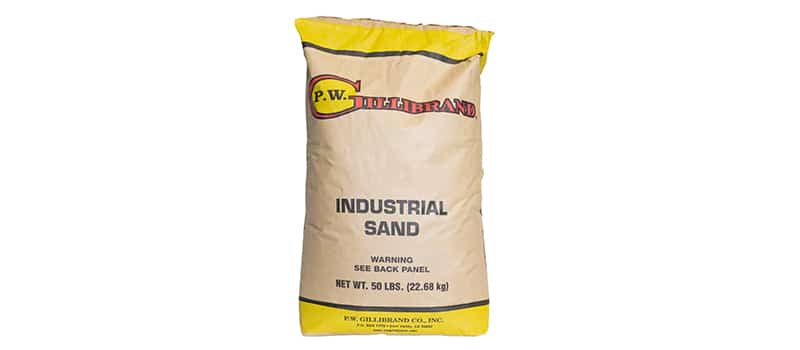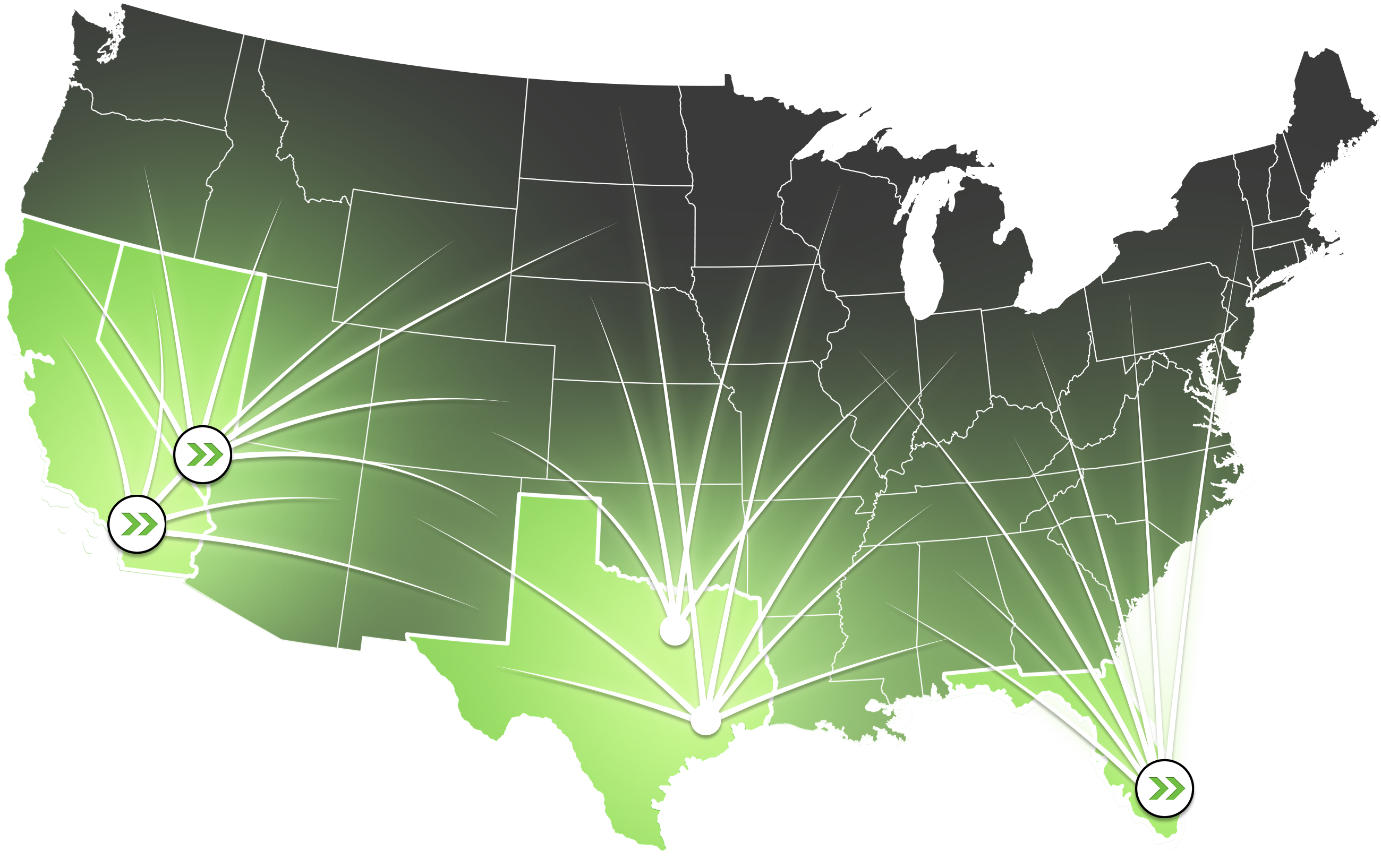How to Install Artificial Grass Between Pavers
Are your customers looking to spruce up their outdoor space with modern, low-maintenance artificial turf?
Installing artificial grass between pavers is the perfect way to give patios or walkways a sophisticated upgrade without the headaches that come with caring for natural grass. Let’s take a look at the steps to install artificial grass between pavers so your customers can create a beautiful outdoor area in no time.

getting Started
Before getting started on a turf installation project, it’s important to make sure all necessary materials and tools are on hand.
Materials and equipment needed include:
- Tape measure
- Shovel
- Wheelbarrow
- Tamper tool
- Gloves
- Utility knife
- Class Two Road Base or Gravel DG Mix
- Turf infill
- Turf nails
- Hammer
- Seaming tool
- Carpet tucking tool
- Stiff bristle broom
- Landscaping rake
- Weed barrier fabric (optional)
It’s also helpful to have a power washer or garden hose available for cleaning off dirt and debris before installation.
Preparing the Area
The first step in installing artificial grass between pavers is preparing the installation area.
Remove any existing vegetation or debris from the area and then level out the ground with a rake or shovel as needed.

Adding the Base Layer
Once the area is prepared, the base layer can be added. To create a level base to lay artificial grass, evenly spread three inches of class two road base between the pavers where you’ll be laying your turf. Road base will help you create a level platform.
Ensuring Proper Drainage
Ensuring proper drainage between pavers will prevent the formation of puddles and slippery surfaces. If artificial turf is being installed over dirt or soil ground material, a sub-base like decomposed granite should be laid down, and the turf will drain water through the grass backing as intended. But if turf is being installed over a solid ground material like stone or concrete, it will be necessary to drill drainage holes.
Installing Artificial Turf
After the base layer is laid, it’s time to fit turf to the area. It’s important to note that to install artificial grass strips between pavers, a different process is required than to install a complete artificial lawn.
We recommend rolling out the artificial grass material over the pavers and letting it sit in the sun for up to an hour to expand, making sure that all the grass blades and stitch patterns are facing the same direction.
Before cutting the turf roll into synthetic turf ribbons, secure the material by putting down turf nails every few inches. This will ensure that all the turf ribbons are appropriately shaped when installing synthetic turf ribbons between pavers, Avoid driving the nails too deeply, which can cause the turf to dip. Instead, try to install the nails about ¾ of the way down.
Once the turf is secure, use a sharp utility knife to make an incision between the edge of the pavers and the artificial grass material. Cut along the edges until all excess material is removed and only turf between pavers remains.
Then, adhere the turf seams together with seam tape or glue.
Applying Infill
Quality artificial grass infill will help to weigh down the turf and help to prevent unwanted voids, wrinkles, and matting in your synthetic grass fibers. Since the turf sections are so small for this type of installation, the proper amount of infill can be dispersed by hand.
Use a stiff bristled broom to remove debris or loose infill, then rinse the turf fibers with a garden hose to remove any remaining dust. Take care not to lift up the edges of the turf.

Finishing Touches & Maintenance Tips
Artificial grass doesn’t require much maintenance compared to natural grass, but it does need a little extra care to look its best. Your customers can help make every square foot of their artificial grass install look more professional by:
- Brushing – Regular brushing or sweeping removes debris and foreign material. It also encourages the turf to stand up.
- Choosing the right infill – A quality infill like silica sand can help to maintain the performance and appearance of the turf.
- Cleaning – A garden hose with a spray setting will rinse away small particles that a broom can’t remove. A 1:1 solution of white vinegar and water can be used to wash away any pet odors.
About Turf Distributors
Whether you’re looking to expand your current product offerings or you’re interested in breaking into the burgeoning artificial turf industry, Turf Distributors can provide you with the products and support you need for success.
We work with turf dealers and distributors throughout the USA to deliver quality turf to their customers. And as the largest turf wholesaler in the country, we have an extensive selection of artificial turf options in a variety of pile heights for your customers, backed with the expertise and experience to provide precision solutions for every challenge our partners face.

If you’re interested in seeing the Turf Distributors’ difference, visit our website or find one of our turf dealers near you using our Dealer Locator
FAQs
Can you lay artificial grass between pavers?
Artificial grass can be installed between pavers using only basic landscaping tools and standard turf installation materials.
Do you put anything under artificial grass?
A base layer of road base or other sub-base material must be laid to ensure that turf stays level and drains properly.
